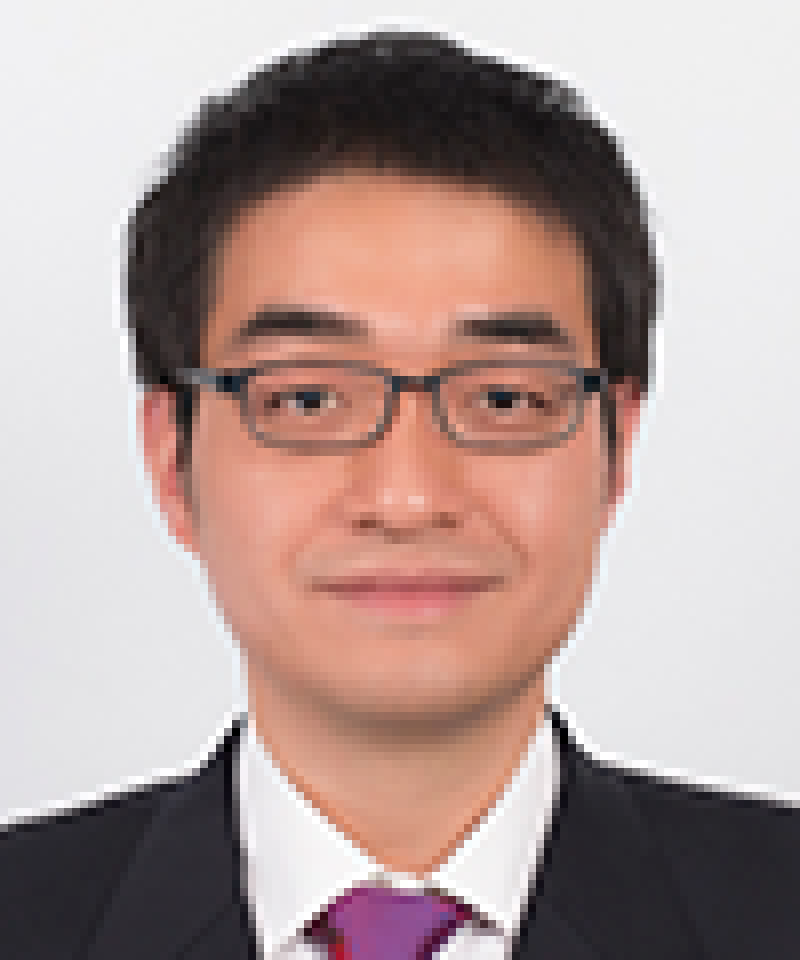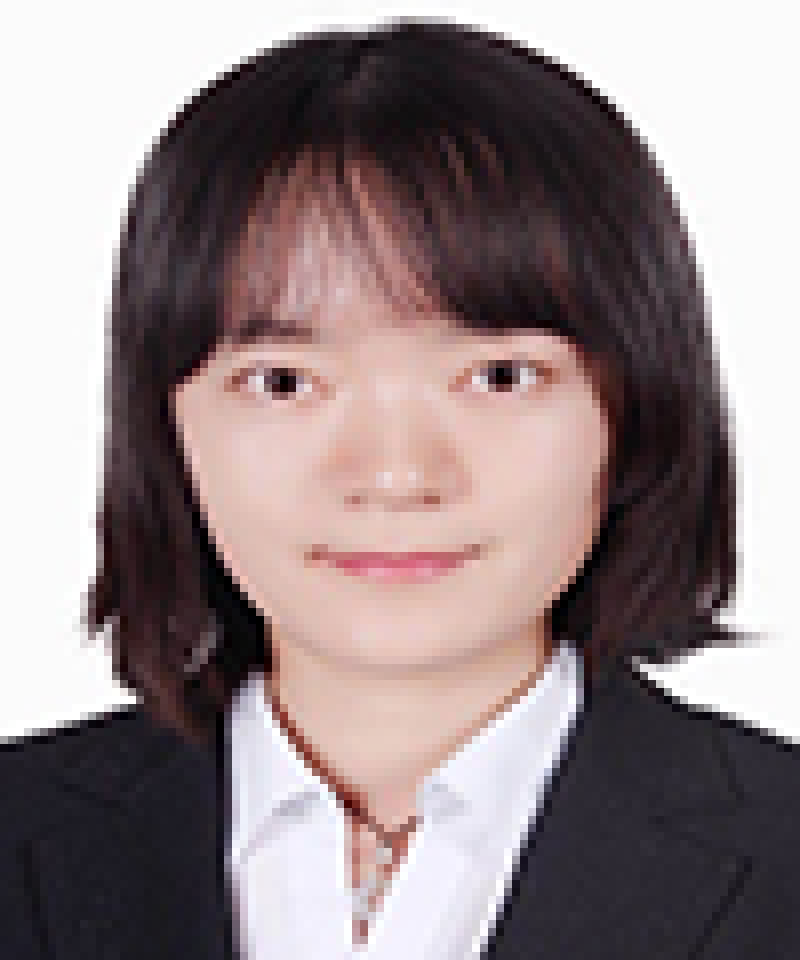Amazing things can happen when ‘communications industry’ breakthroughs meet ‘computer industry’ breakthroughs. In 1995, Windows 95, 56K modem and Internet Explorer brought us the internet. 12 years later, in 2007, ultra-low-power SOC and the cloud computing-based digital wireless network came together to bring us the smartphone revolution. Nowadays, 5G and AI is bringing us a more convenient and smarter world.
Two cutting-edge technologies are empowered by each other
The characteristics of 5G, such as ultra-high speed, ultra-low delay and ultra-high density, will insert wireless wings into AI. 5G can make AI operations complete as far as possible on the terminal side, which not only saves traffic, but also protects user privacy and reduces the latency.
Some computing applications must be completed in the cloud, because large-scale AI operations need a lot of data support, at this time 5G can quickly transmit terminal data to the cloud. Because the delay and transmission rate of 5G are many times faster than that of 4G, the data of the terminal can be quickly transmitted to the cloud by connecting the cloud with the terminal through 5G, and then returned to the terminal very quickly after processing in the cloud.
5G will certainly benefit from the AI-enabled processing ability. AI-based applications can react almost in real-time to data generated by the 5G network, providing a completely new area for the possibility of automation.
Since 5G networks are more complex than previous generation networks, constant monitoring is required to ensure that they operate at an optimal level. This observation cannot be completely owned by humans, because it requires to be managed around the clock to ensure the optimisation and good functioning of the network. This can be achieved through the automatic monitoring capabilities of AI, which not only helps to manage 5G networks, but also helps to control costs. Therefore, many service providers are using AI to build networks that are capable of self-management and self-healing.
Current state of IP competitions of 5G and AI
The intellectual property (IP) is always the launching pad of sorts into a real go-to-market effort. In view of the epic IP war across the world triggered by the arrival of the smartphone, the largest players in manufacturing, technology, telecommunications and even finance are all vying for dominance in the IP reserve in the field of 5G and AI.
At present, China is leading the 5G and AI patent race. According to the statistical data of 2020 AI Chinese patent technology analysis report issued by the Ministry of Industry and Information Technology, under the incentive of new capital construction policies in China, the number of AI technology patents filed in China is constantly increasing.
By 2021, the number of AI applications in China reaches 69,400, and the year-on-year growth is as high as 56.3%, the number of AI applications in China exceeds that in the US for the first time.
According to the report data of World internet development report 2020, China has built more than 70,000 5G base stations, accounting for 7% of the world. China has built the largest 5G network, connecting more than 180,000,000 terminals. Globally, starting from 2020, 30% of the 5G networks in the world will adopt the technology of China. China has become a 5G technology leader in mobile communication technology, with the number of 5G core patents ranking first in the world, and has taken the lead in realising 5G commercial use.
Latest examination practice before CNIPA in this field
As the major jurisdiction, China is adopting a more positive attitude towards 5G and AI applications. On August 10 2021, the China National Intellectual Property Administration (CNIPA) issued a revision to the Patent Examination Guidelines (A Third Draft for Comments). The third draft establishes a specific examination rules regarding eligibility and inventiveness.
As for AI-related computer-implemented application, the eligibility judgment has always been the key hurdle to be jumped over. According to the third draft, if a solution of a claim is related to a specific application field and aims to solve the technical problem in the field, such as improving the reliability or accuracy of big data analysis in specific application field, it belongs to a patentable subject matter. Obviously, AI algorithm-related applications for deploying and optimizing the 5G networks will be eligible because they solve the technical problem in the telecommunication field.
The third draft further clarifies that if an algorithm feature leads to the improvement of the internal performance of the computer, such as reducing data storage, reducing data transfer and speeding up hardware processing, the algorithm features will be taken into consideration when evaluating the inventiveness.
In view of the above updates, it becomes easier for AI algorithm-related applications for deploying and optimising the 5G networks to meet the criteria for the evaluation of inventiveness.
In summary, the success of 5G and AI are inextricably tied both in industrial application and IP protection. While independently they create enormous value, together they create exponentially more.

Xiaoming Zhang
Partner
Liu Shen & Associates
T: + 86 10 6268 1616
Xiaoming Zhang is a partner at Liu Shen & Associates. He specialises in patent prosecution, reexamination, patent invalidation, IP litigation, and client counselling with a focus on telecommunication, AI, big data processing, semiconductor technology, image processing, network, optics and physics.
Xiaoming has considerable experience both before the State Intellectual Property Office of the People’s Republic of China and the United States Patent and Trademark Office and is skilled in drafting application documents in Chinese and English.
Xiaoming obtained a doctor’s degree in optics from the Peking University in 2007.

Haitao Li
Patent attorney
Liu Shen & Associates
T: +86 10 6268 3131
Haitao Li is a patent attorney at Liu Shen & Associates. She is mainly engaged in patent related IP agency business, including patent analysis, patent layout, patent examination and patent writing.
Haitao is an expert in optics, AI, image processing, communication, big data and semiconductor technology.
Haitao received her bachelor’s degree in electrical engineering and automation from Harbin University of technology in 2010, and her master’s degree in electronic engineering in Turin Institute of technology in 2013.












